Fungi Stakes a Claim in the Luxury Market
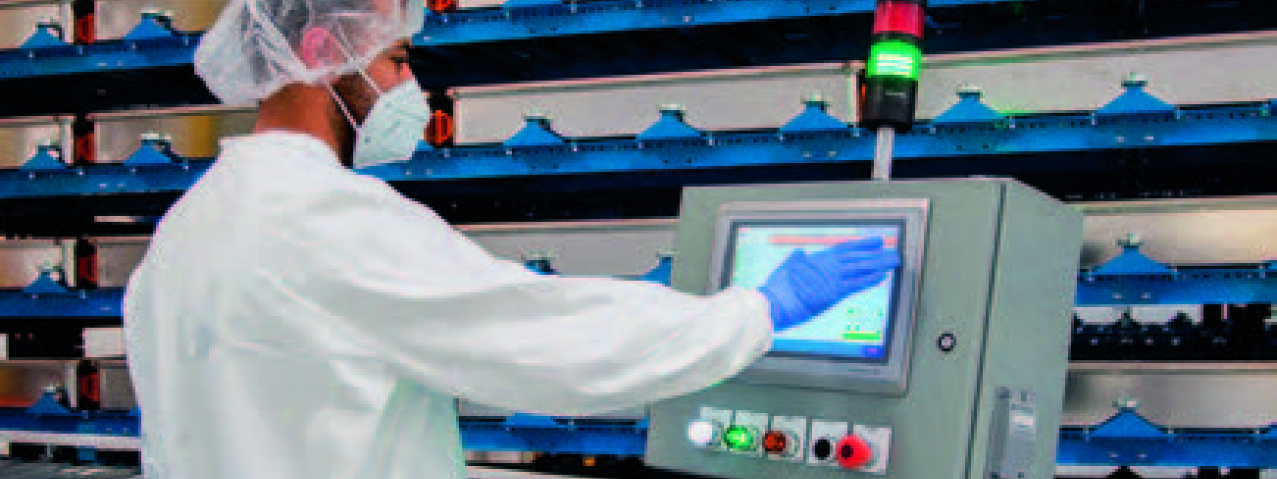
When your company's first "alternative leather" product is released in partnership with iconic leatherware brand Hermès, it is an indication that fungi has serious credentials in the luxury fashion industry. Success has been decades in the making, but the people at MycoWorks are convinced they have developed a technology that will push the envelope of sustainable fashion.
The default image of a mushroom in most people's minds is some variation of a cap and a stem attached to a tree or coming out of the ground. Though, technically, this is actually just the fruit of a much larger fungal organism that is mostly hidden from view, buried beneath the ground, or within some other host material. The unseen body of the fungi is called mycelium, a dense substance that grows via a web of tiny fibrous filaments that meld with a host material. Mycelium's low profile is on the rise, especially amongst major fashion brands looking to diversify into environmentally sustainable materials.
Mushrooms have long been valued for their nutritional and medicinal properties. Now mycelium, with its dense yet lightweight and robust characteristics, is getting attention as an entirely compostable substitute for styrofoam packing, as a versatile building material, and as an environmentally friendly fabric. Actually, compressing the thick white body of a mycelium can produce a passable alternative to leather, though it suffers in comparison to real leather, or even a synthetic leather substitute. That is, until MycoWorks started producing a mycelium leather-like material that goes beyond what can be expected.
The "mushroom leather" MycoWorks produces is a step beyond its compressed equivalent, and in some respects even real leather, to the point the company bills its product as a completely new class of material. The sustainability merits of fungi are well established. With rapid spawning and growth cycles, it is almost infinitely reproducible, it can grow in a wide variety of host bio-mass material, including agricultural by-products, and requires low processing inputs. However, it is in MycoWorks' patented mycelium growing process, known as Fine Mycelium, that really sets their product apart.
Technology that directs growth patterns
The Fine Mycelium process engineers the mycelium, directing the growth of the root fibres to create a proprietary cellular structure that is densely entwined. MycoWorks compares their mycelium material "to the tight, triple helix of collagen, that mimics the structure of skin and many of its qualities." According to the company, "their Mycelium material is as strong, flexible, and durable, as conventional leathers, and because it is made from natural fibres it breathes and feels like leather. Even better, it is also naturally water-resistant."
Conventional leather procssing comes with a range of problems, including environmental cost of raising livestock and treating hides with chemicals to produce leather. However, there are more prosaic limitations, such as irregular shapes inherent with hide, and the wastage that comes with cutting to design. MycoWorks comes without such downsides, "The leather is uniquely customisable. It can grow textures and other features right into the material. And, unlike animal hides, the material can be grown to nearly any size and shape. It also only takes a fraction of the time and resources to grow when compared to the processes needed to make leather from animal hides."
The technology holds great potential as a fashion material because the softness, drape, thickness, shape, texture, flexibility, strength and density are all specifications that can be predetermined by designers. MycoWorks claims their product "provides a revolutionary advantage that gives designers full creative control, minimises waste and offers the industry the first made-to-order, high performance, sustainable option for leather." Moreover, it can be tanned, cured, stitched and embossed, allowing it to be treated like any other highend leather material.
High fashion partnerships underway
Given this set of qualities, it is understandable that MycoWorks has attracted attention in the fashion industry, and the company is in the process of working out partnerships with leading brand names. Case in point, a collaboration between MycoWorks and Hermès has led to the first Fine Mycelium-created material "Sylvania." Grown to specifications in MycoWorks' California factory, Sylvania is tanned and finished in France by the Hermès tanners to further refine its strength and durability, and it is shaped in the workshops by the Hermès craftspeople. End result, the "Victoria" bag, which was featured in Hermès' autumn-winter 2021 collection.
It is no accident that MycoWorks is seeing success at the high-end of the fashion market, as it was a conscious decision by the company to pursue the luxury market. MycoWorks was founded in 2013 by Philip Ross and Sophia Wang. Ross, an established artist using the medium of living materials, had been working with mycelium to create sculptures since the 1990s. When he asked Wang, his long-time artistic collaborator, to launch a company with him, the pair initially considered using mycelium in its rigid form as a source for natural building materials. Though, they soon realised the realm of sustainable fashion had even greater potential. Wang elaborates:
"We were looking at building materials because the art objects had demonstrated that's what you could make. But as a small company, the per-unit cost of competing with something like an engineered wood product or styrofoam is really challenging. You'd have to solve insane volumes for the margin. But with fashion, making a high-value, beautiful object of desire made sense with what we were offering."
Being artists and founders helped with creating an aesthetic dimension for Fine Mycelium, something Wang thinks distinguishes MycoWorks in the fast-growing sustainable fashion sector. Many start-ups in this sector have technology roots, making it necessary to find and interact with experts and clients outside their field. Contrastingly, MycoWorks started from aesthetics with technical experience. After eight years of product development, several rounds of venture funding, and boosting their team with engineers, biologists, material scientists, and leather craftsmen, MycoWorks has created an integrated value chain for their material that can get unique materials to the market quickly.
MycoWorks believes their artistic experience, patented technology, and level of integration are strong points of difference to competitors working with mycelium in the sustainable fashion sector. This may be so, but between the annual sales of leather products, estimated at USD$150 billion and an estimated USD$8 billion market for ethical fashion by 2023, there is a lot of opportunity for growth for mycelium products, regardless of which company is selling the product. By extension, there are equally good prospects for designers wanting to flex their creativity in this fast-growing field.
Others
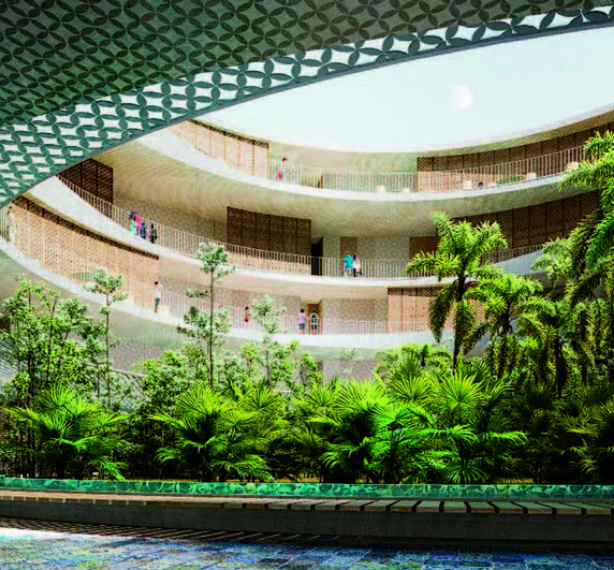
Latest News | 1 January 2023
Mario Cucinella on Green Architecture
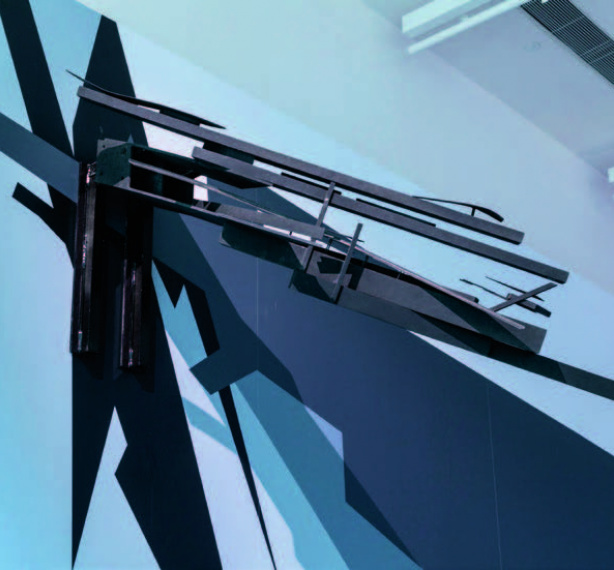
Latest News | 1 January 2023
The Future of Urbanism
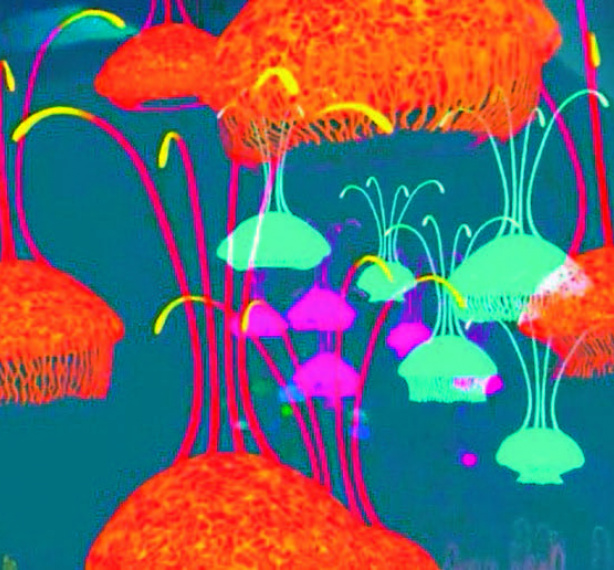
Latest News | 1 January 2023
VR for Pain Management
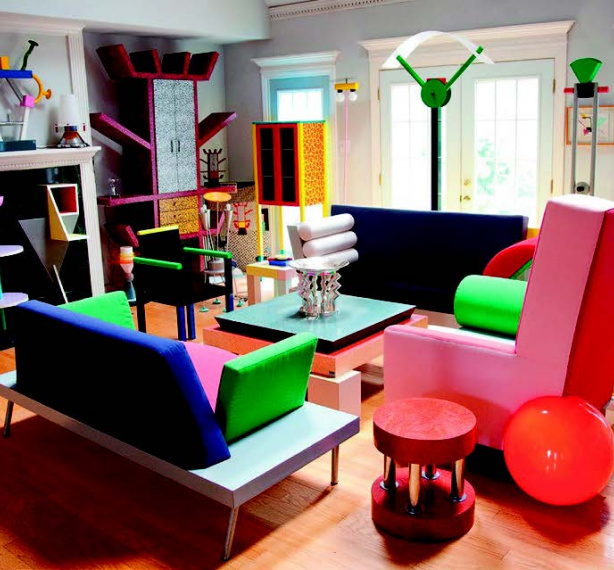
Latest News | 1 January 2023
Beyond Design
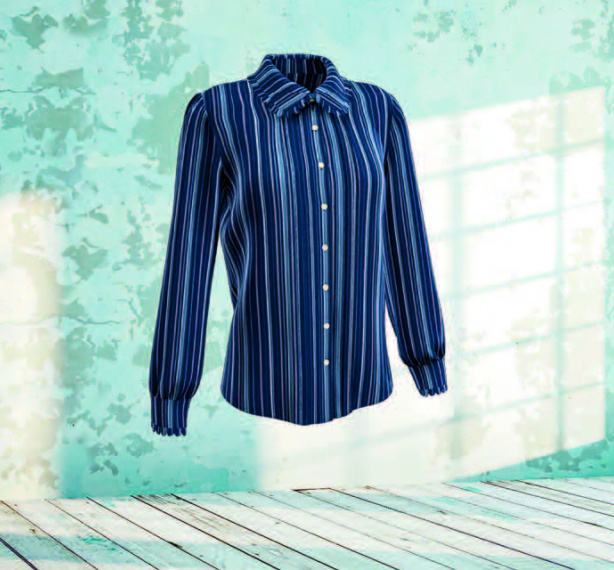
Latest News | 1 January 2023
A Feel for the Future of Bioengineering
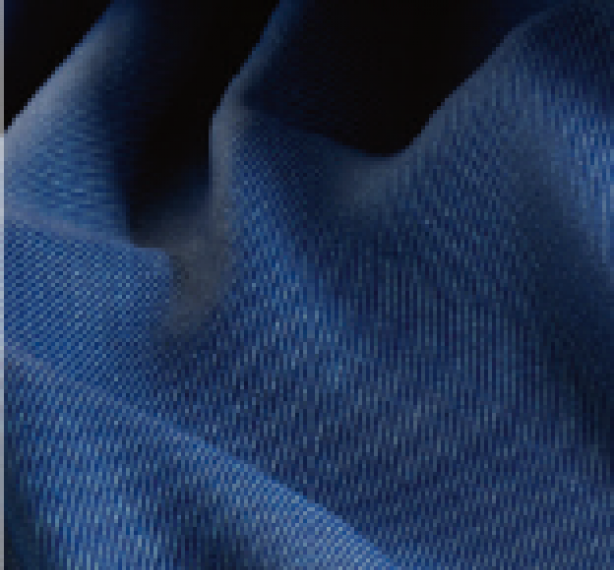
Latest News | 1 January 2023
Sampling the Future of Fashion
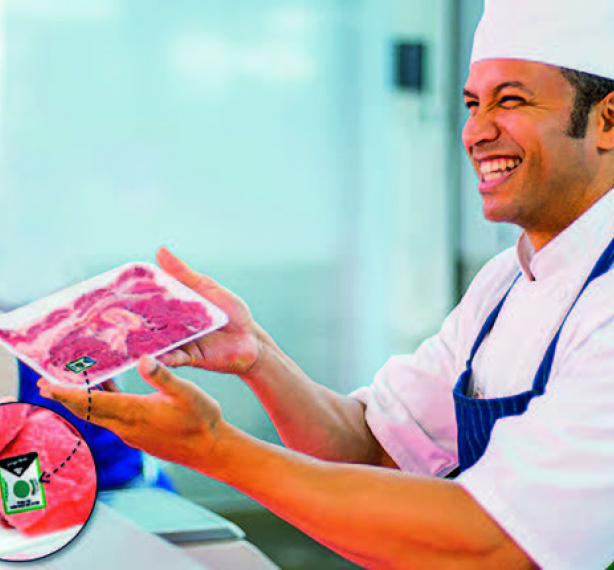
Latest News | 1 January 2023
A Step Beyond Wrapping Products
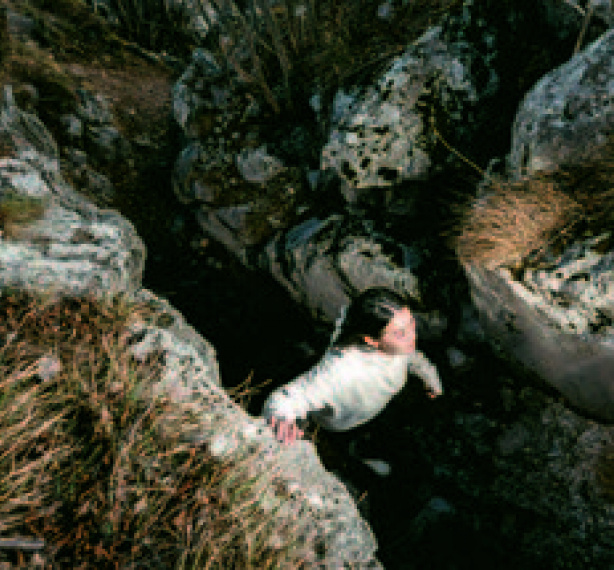
Latest News | 1 January 2023
Spider-Inspired Eco-Fabric
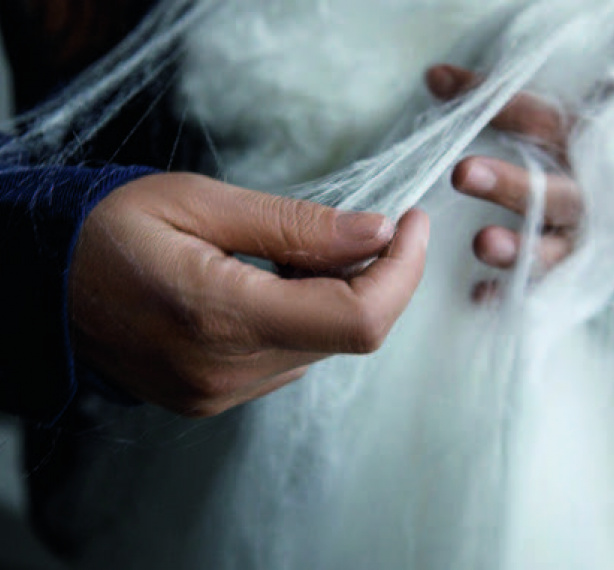
Latest News | 1 January 2023
Rethinking the Everyday: Material Non Material
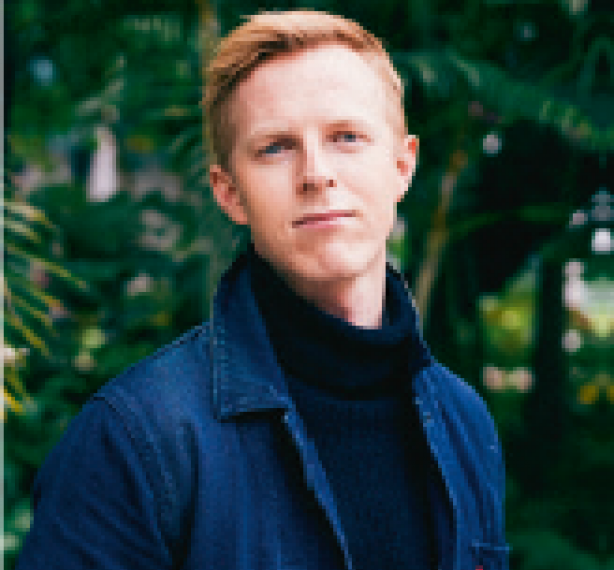
Latest News | 1 January 2023
Why Digital Materials are Critical to the Future of Fashion
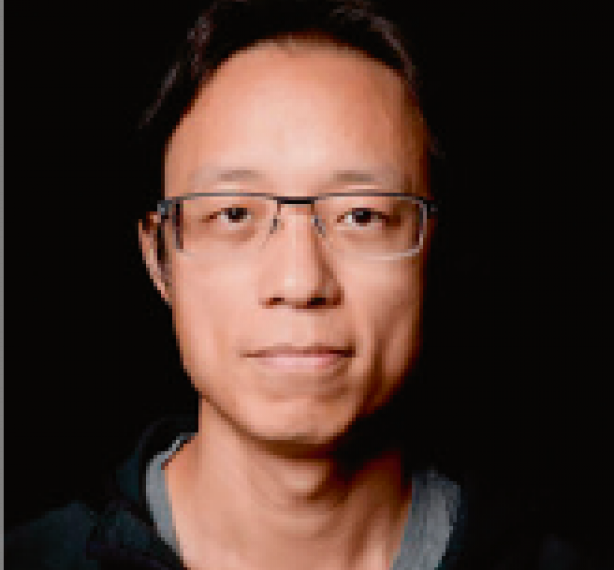
Latest News | 1 January 2023
The True Metaverse will be Decentralized
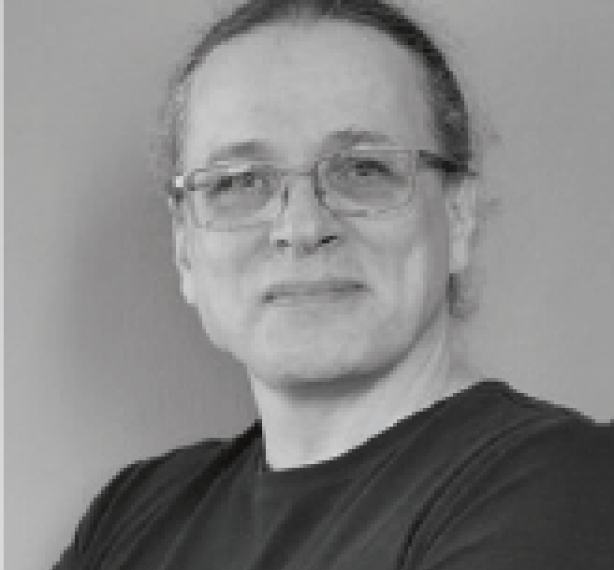
Latest News | 1 January 2023
Game Changer Artificial Intelligence, from Automation to of Digital Systems
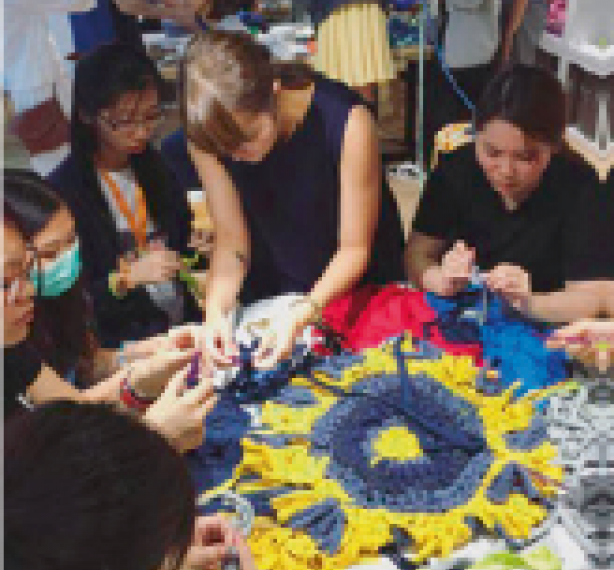
Latest News | 1 January 2023
Sustainability in Education
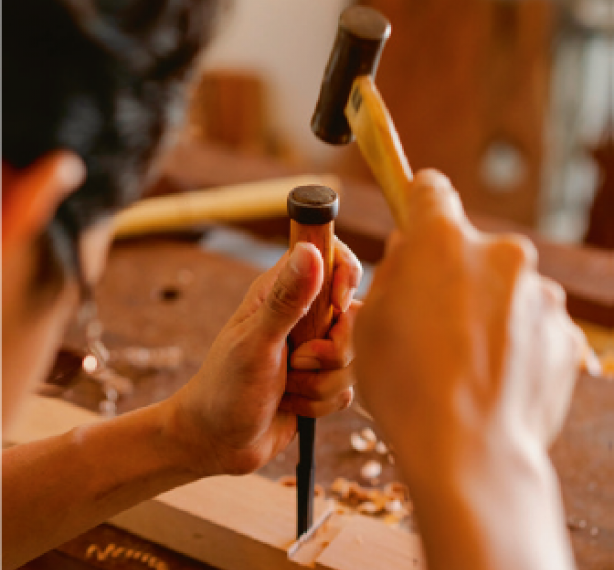
Latest News | 1 January 2023
The Tree Project Vision
Latest News | 1 January 2023
test
